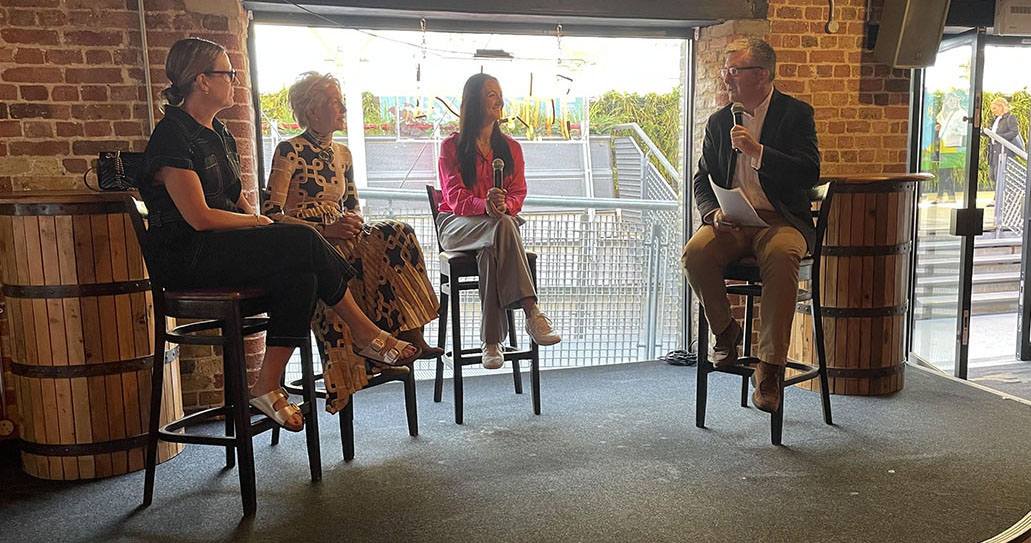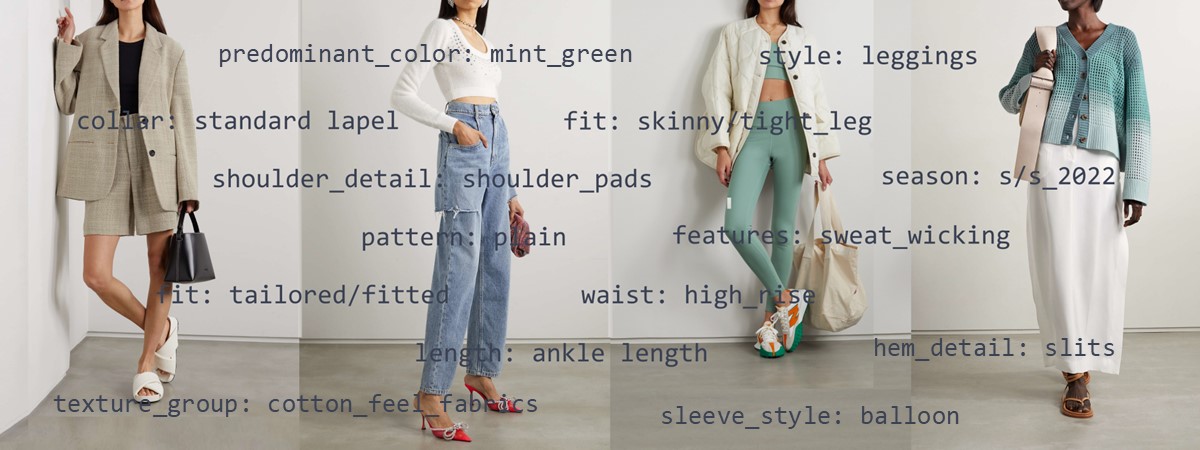In fashion, there is plenty of data available on marketing channels and transactions. However, retailers never had quality data for what the customers care about the most - the clothes.
We held a breakfast with a fantastic panel of retailers and data experts. They discussed why accurate and consistent product data is one of the most impactful assets in the fashion retail industry and shared their expert advice.

“The first time I heard someone say, ‘Data is the new oil’ was 2011. So we’ve had over a decade to think about that and do something about it. The point of today is to discuss, during that decade, what have we done?” - Jonathan Brech, CEO, Cambridge Data & Industry Adviser, Fashion Retail Academy
Here are the best tips from our panel on how to win with data:
1) The Data Differentiator
“You have to understand that the new landscape is people are using data to compete with you in a way that they have not done historically.” - Susan Aubrey-Cound, Digital & Customer Strategy, AI for Sustainable Business
Your competitors will start using data to outsmart you. Customers finding the right products, in the right place (and quickly!) depends on data. Those who do that, will win.
Shein, the huge online retailer, is a great example. Their business is based on data not merchandisers. Shein didn’t start from the rag trade like most other retailers. Shein was started by an SEO guy. This shows that when you have data at the heart, you can build something both bigger and faster than you can build a traditional retailer. Shein drives a different perspective on why data matters to retailers.
“It is such a competitive place out there and we need to give our customers a reason to shop with us. Product data is going to be significant in supporting that.” - Helen Farrugia, Digital Customer Experience Director, The Very Group
If all brands and retailers have equal data then you’ll come back to the inherent integrity of the brand as being the key differentiator. If you can combine the two (excellent brand DNA and the data piece) you’ll win.
2) A Data Lake, Not Swamp
“Democratize the data and give people the relevant information that’s easy to digest and they can make decisions with.” - Raine Peake
Get rid of the sea of numbers in Excel. Starting to report on trends in a way that everyone can understand and make data easily accessible for everyone in the business. Using this data to validate your hunches gives you confidence in the decisions that you are making.
Raine’s other top tip is when you’re showing data to anyone, people can only remember 3 things. What do you want those 3 things to be, what do you want that data to show and why? A lot of people spend hours pulling reports and then a minimal number of seconds on what the report is actually saying. Make a machine do the heavy lifting and then use that spare time to interpret it.
”[Accessible data and reporting] will enable buyers to focus on the things that they really can make a difference to.” - Susan Aubrey-Cound
3) Rubbish In, Rubbish Out
“You can’t put bad data into any system, it’s illogical.” - Helen Farrugia
The most helpful thing to do when starting your data journey is to create a set of really meaningful data and standardize it. Inconsistent product tagging affects customer searches and gives them frustrating online shopping experiences. For example, a merchandiser would start tagging yellow as lemon because that’s what the fashionistas were saying. But this was not what the customers were searching for, meaning they were not finding the products.
Data doesn’t come from anywhere. If people are creating the data, they have to fundamentally care that it’s accurate for the product and the customer. Therefore it should not be delegated to an administrator. They need to understand the process and the impact they are having on that end.
…even better - automate and create data through AI!
The Future of Data
The need for data to help the fashion industry become more sustainable is hugely important. Planned legislation aims to force people to report how they are performing in this area.
”[New legislation will] change the appetite radically within a lot of retailers. If there is any resistance at the moment, it’s soon going to become a core part of how you do business. Tracking and tracing where your sourcing has come from.” explained Susan who works with AI data businesses and retail to develop step changes in sustainability. “The flip side of that is the ability you can deliver using AI to impact your ESG metrics much more quickly. For example, if you apply the data you have to demand forecasting you can change your EBIT by 5% in one season and reduce your carbon footprint. All because you’ve reduced your overproduction.”


